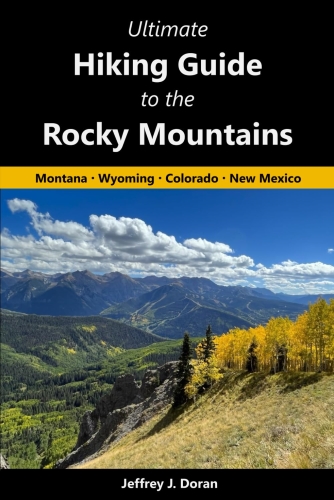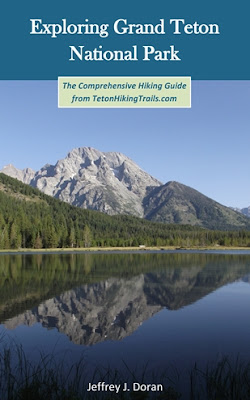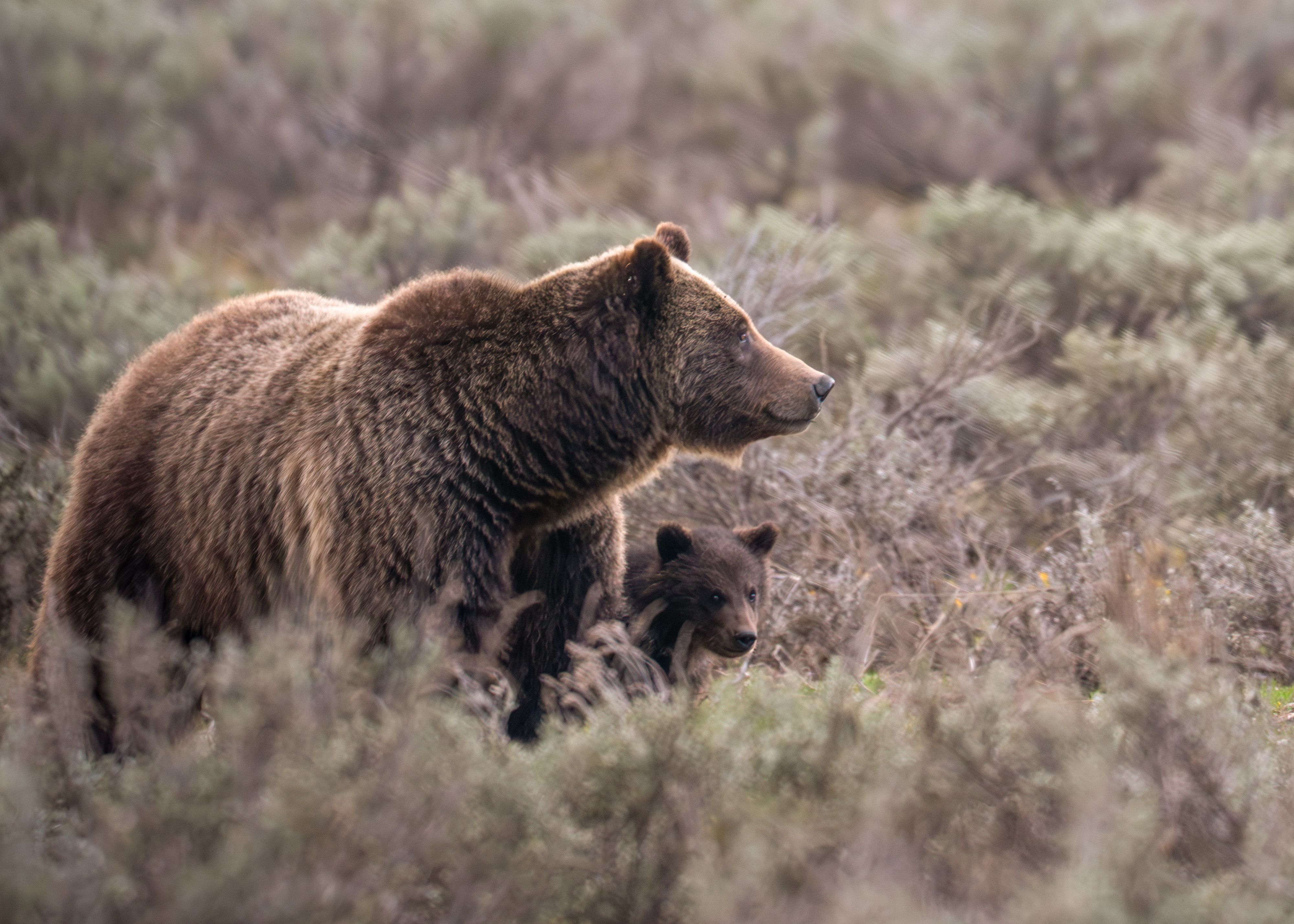Last week I ran into a Twitter post that provided a great idea for helping the victims of Hurricane Helene during the upcoming Christmas season. That is; by doing as much of your online Christmas shopping as possible by purchasing from small businesses in hurricane-ravaged areas. This post picks-up on that theme by focusing on businesses in areas that felt the greatest impact during the late-September storm, namely Western North Carolina. In particular, I focused on businesses that I thought hikers and outdoor enthusiasts would be most interested in. I also provided links to lists of currently open businesses so that you can find gifts from a broader universe of stores. Many of these businesses have sustained damage or have completely lost their physical store fronts, but were able to maintain their online stores. Businesses that managed to escape damage have also been greatly impacted, as tourism to the region has been shaprly curtailed. As a result, many of these business owners are in dire straight right now. All of them, I asure you, would greatly appreciate your business!
In addition to the links below, you should note that many lodging, attractions, wineries and restaurants are currently open. They desperately could use your business as well. Not just for the owners, but their employees as well. Moreover, any money spent at any business in the area helps to circulate much needed cash thoughout the community.
The Twitter posts that I saw are using these hashtags to get the word out, if you wish to help in that way: #ShopWNC / #ShopAsheville / #ShopHurricaneHelene
Each of the local businesses listed below I believe are open for online shopping:
Hiking, outdoor gear shops and local manufacturers
Mast General Store is a local institution originally out of Asheville: https://www.mastgeneralstore.com/
Regear Outdoors: https://regearnc.com/
Though the store was closed as of 10/18, Headwaters Outfitters stated in a newspaper article "In the meantime, you can shop the outdoor shop’s online store (send a note saying “Ship when the time is right”, Headwater recommends) or purchase a gift card for a future trip." https://shopheadwatersoutdoors.com/
Diamond Brand Gear: https://www.diamondbrandgear.com/
Eagles Nest Outfitters: https://eaglesnestoutfittersinc.com/
Astral Designs: https://astraldesigns.com/
This is Jen Pharr Davis's business - a legendary hiker. She has an online store, but she's also currently offering guided hikes: https://blueridgehikingco.com/
This Marshall, NC bike shop was completely devastated, but they're still selling a few cycling related items: https://www.oyb-nc.com/merch
Goodies and Gifts
What hikers don't like a little something sweet after a long hike? Many offerings here, all would also make great gift items:
French Broad Chocolate: https://www.frenchbroadchocolates.com/
The Chocolate Fetish: https://www.chocolatefetish.com/
The Dillsboro Chocolate Factory: https://www.dillsborochocolate.com/
Cold Mountain Toffee: https://www.coldmountaintoffee.com/
Ashe County Cheese: https://www.ashecountycheese.com/
Poppy Handcrafted Popcorn: https://poppyhandcraftedpopcorn.com/
Breweries
And seriously, what hikers don't like beer?!? If you're in their distribution region, check out the beers from these WNC breweries next time you're in a grocery store, liquor store, bar or restaurant. You can also support them by purchasing merchandise and gift cards from their online stores. There are dozens of breweries in the impacted region, many completely wiped out, however, these were the few that I could confirm that have regional distribution of their beers. There are likely many more, especially for those who live in North Carolina:
Highland Brewing is one of the finest craft breweries around, IMHO. Normally, I'm not a fan of winter ales or spiced beers, but their Cold Mountain is outstanding if you're looking for something for the holiday spirit! https://highlandbrewing.com/hurricane-helene-response/
Catawba Brewing Company: https://www.catawbabrewing.com/
Hi-Wire Brewing: https://hiwirebrewing.com/
Appalachian Mountain Brewing: https://www.amb.beer/
Weekend Getaways
Southern Living published an article last week that lays out 13 towns in the hurricane's path that are currently welcoming guests. The article includes information on things to do in each area.
Yes!! There are still a lot of trails open in WNC. All of the trails on the TN side of the Great Smoky Mountains are open as well.
The Nantahala Outdoor Center is currently offering fully guided trips, rentals, zip lines, and aerials. Their Outfitter’s Store, Lodging, and the Rivers End Restaurant are open for business as well. https://noc.com/noc-operations-updates/
The world-famous Biltmore in Asheville has also reopened: https://www.biltmore.com/things-to-do/events/christmas/
Tuckaseegee Fly Shop: https://www.tuckflyshop.com/
There are many other businesses open in the area. You can check on the following websites in some of the hardest hit areas to see what's open. Any and all of them would greatly appreciate your business!
General info:
https://www.exploreasheville.com/article/heres-what-reopened-asheville-buncombe-county-post-hurricane-helene
https://www.charlotteobserver.com/charlottefive/c5-around-town/c5-development/article293591474.html
Marshall & Hot Springs:
https://madisoncounty-nc.com/business-directory/
https://www.shopwnc.com/business-listings/hot-springs
https://www.shopwnc.com/business-listings/marshall
Swannanoa, Maggie Valley and Waynesville:
https://www.shopwnc.com/business-listings/maggie-valley
https://www.shopwnc.com/business-listings/waynesville
https://visithaywood.com/blog/haywood-county-business-updates-closures-post-hurricane-helene/
Chimney Rock & Lake Lure:
https://www.shopwnc.com/business-listings/lake-lure
Erwin, TN:
https://realwildunicoicounty.com/downtown/
https://unicoicounty.org/directory/
Other ways to help:
Samaritan's Purse - is still on the ground and doing wonderful work: https://www.samaritanspurse.org/article/pray-for-those-in-helenes-path/
Checkout the "Together We Rise T-Shirt" Proceeds go towards supporting Hurricane Helene relief: https://fuelgoods.com/products/together-we-rise-t-shirt-supporting-hurricane-helene-relief
DeFeet's Aireator 6" MTN Strong cycling socks. Proceeds also go towards supporting Hurricane Helene relief: https://defeet.com/products/aireator-6-mtn-strong
There are many other organizations on the ground that are doing great work. Before donating, however, I would highly encourage you to do a little homework first to make sure that as much of your donation is going towards the mission as possible, and not feeding a bloated bureaucracy. Unfortunately, there are many "charities" out there who are paying enourmous salaries to their boards of directors and management teams.
************************************************************************************
Check out our online trail guides:
- Glacier National Park: HikinginGlacier.com
- Grand Teton National Park: TetonHikingTrails.com
- Rocky Mountain National Park: RockyMountainHikingTrails.com














